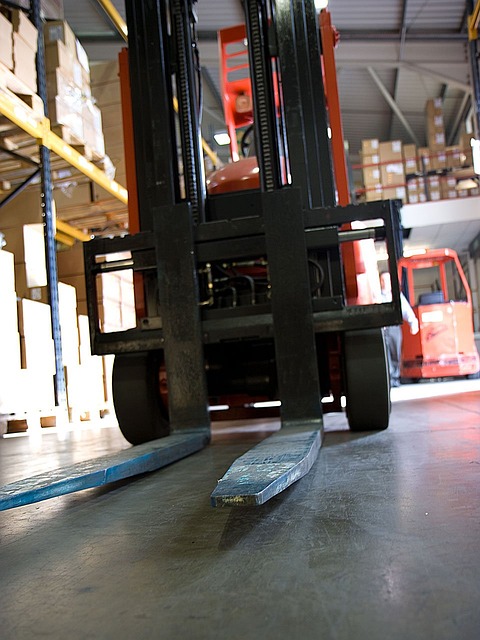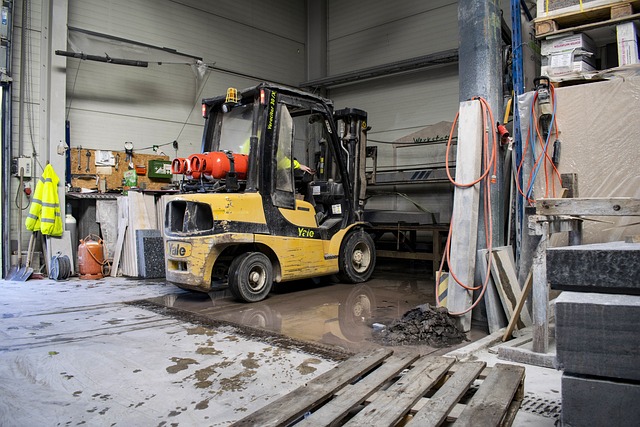In the heart of the bustling world of warehousing and distribution, forklifts play a pivotal role, acting as the backbone of operations and ensuring that the flow of goods remains seamless and efficient. As the demand for faster and more reliable delivery services continues to grow, the importance of these versatile vehicles in modern warehouses and distribution centers has never been more pronounced. This post explores how forklifts contribute to the efficiency and productivity of these facilities, highlighting their role in inventory management and logistics.
The Lifeline of Warehousing Operations
Forklifts are more than just lifting machines; they are the lifeline of warehousing operations. Their versatility allows them to perform a wide range of tasks, from loading and unloading goods to transporting them across vast warehouses. With the ability to handle different types of materials and operate in tight spaces, forklifts help keep goods moving efficiently, reducing downtime and increasing productivity.
Streamlining Inventory Management
Effective inventory management is crucial for the success of any warehousing operation. Forklifts play a vital role in this process by ensuring that goods are moved swiftly from receiving docks to storage areas and then to shipping bays when it’s time for dispatch. Modern forklifts are often equipped with technology that integrates with warehouse management systems (WMS), allowing for real-time tracking of goods. This integration helps in maintaining accurate inventory levels, reducing the risk of overstocking or stockouts, and ensuring that inventory is managed efficiently.
Enhancing Efficiency and Productivity
The efficiency and productivity of a warehouse are significantly influenced by how quickly and safely goods are moved within the facility. Forklifts, with their speed and power, are essential in minimizing handling times and maximizing throughput. The latest models are designed for high efficiency, with features such as regenerative braking, energy-efficient engines, and ergonomic controls that reduce operator fatigue, allowing for longer operational periods and higher productivity.
Supporting Logistics and Supply Chain Operations
Forklifts are a critical component of the logistics and supply chain operations, providing the muscle needed to move goods through the supply chain. In distribution centers, forklifts ensure that products are loaded into trucks and containers accurately and efficiently, keeping up with the tight schedules of transportation and delivery services. This not only helps in meeting customer demands for speedy delivery but also in reducing transportation costs by optimizing space utilization in shipping containers.
The Future of Forklifts in Warehousing
The future of forklifts in warehousing and distribution looks promising, with advancements in technology leading to more autonomous, electric, and smart forklifts. These next-generation forklifts are expected to offer greater efficiencies, better integration with warehouse management systems, and enhanced safety features. As warehouses continue to evolve into smarter and more automated facilities, the role of forklifts in these spaces will undoubtedly continue to grow and adapt.
Conclusion
Forklifts are integral to the smooth operation of modern warehouses and distribution centers, playing a key role in inventory management, logistics, and overall operational efficiency. Their ability to move goods quickly, safely, and efficiently makes them indispensable in meeting the demands of today’s fast-paced market. As technology advances, the capabilities of forklifts will only expand, further cementing their role as a critical component of modern warehousing and distribution operations. Embracing these advancements and understanding the pivotal role of forklifts is essential for any business looking to thrive in the competitive landscape of logistics and distribution.




